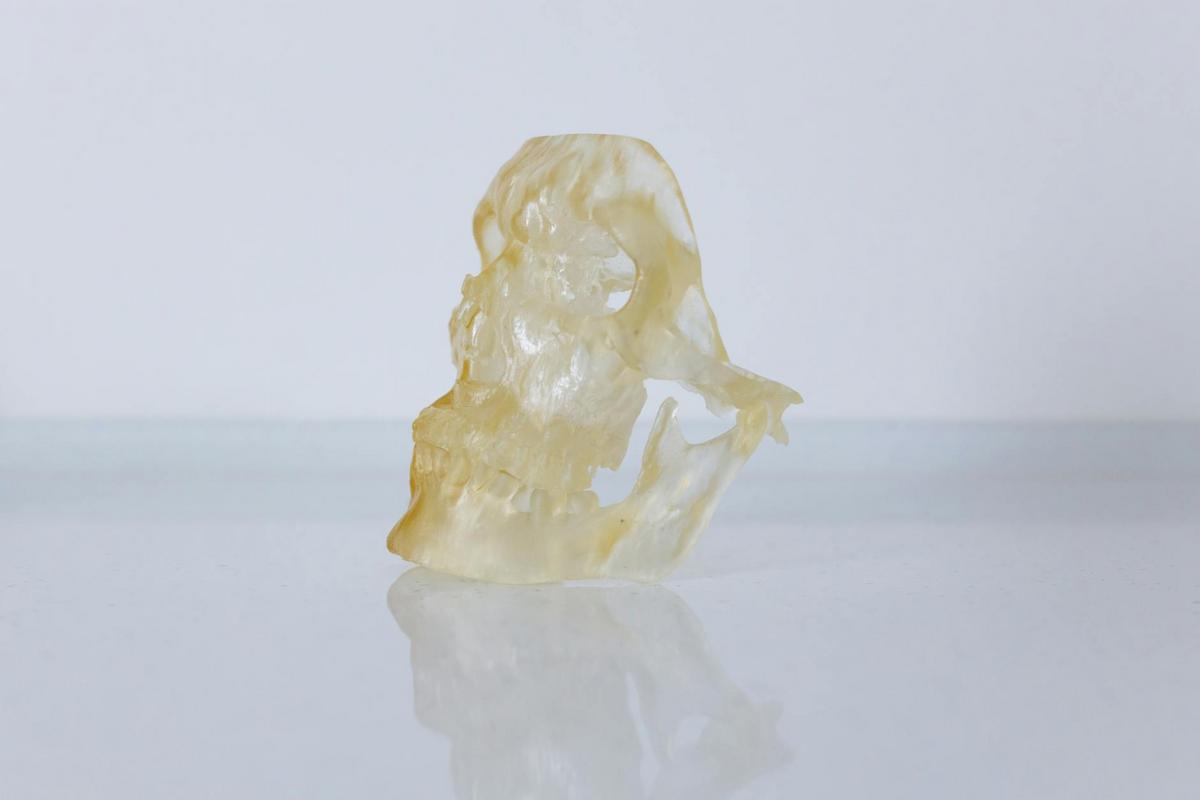
Crowdsourcing as a Tool for Heritage Preservation
Heritage preservation is a critical task that connects us to our past, enriches our present, and guides our future. As technology evolves, innovative methods like crowdsourcing are emerging as powerful tools to engage communities in the preservation of cultural heritage.
Understanding Crowdsourcing in Heritage Preservation
Crowdsourcing involves harnessing the collective input, skills, and insights of a large group of people, typically through online platforms. This method has proven effective in various fields, including heritage preservation. By opening up projects to a broader audience, organizations can gather diverse perspectives and resources, enhancing the preservation process.
Why Crowdsourcing Works
According to a report by the Cultural Heritage Agency, crowdsourcing can significantly increase public engagement and resource allocation in heritage projects. This approach not only democratizes the preservation process but also allows for the rapid collection of data and materials.
“Crowdsourcing allows us to tap into the collective memory and expertise of the public, which is invaluable for preserving cultural heritage,” notes Dr. Emily Tran, a cultural historian.
Real-Life Examples
One notable example is the use of crowdsourcing in the restoration of historic documents. The National Archives have successfully used public contributions to transcribe and verify thousands of documents, preserving history while making it accessible to future generations.
| Project | Outcome |
|---|---|
| Historic Document Transcription | Thousands of documents transcribed by volunteers |
| Archaeological Site Mapping | Enhanced site maps through public contributions |
| Oral History Collection | Diverse range of oral histories recorded |
| Photographic Archives | Vast collection of photos digitized by the public |
| Heritage Building Restoration | Community-funded and supported restoration projects |
| Traditional Craft Revitalization | Skills and techniques documented by practitioners |
| Local History Documentation | Community stories and anecdotes compiled |
| Genealogy Projects | Family histories enriched through collective input |
Actionable Tips for Getting Involved
- Join online platforms dedicated to heritage projects, where you can contribute your skills or knowledge.
- Participate in local heritage events or workshops to learn more about ongoing projects.
- Encourage others to share their stories and artifacts to enrich community projects.
Explore platforms like Historypin or Zooniverse to find crowdsourcing projects you can participate in.
FAQs
Frequently Asked Questions
What is crowdsourcing in the context of heritage preservation?
Crowdsourcing in heritage preservation refers to engaging the public to contribute information, skills, or resources to help preserve cultural heritage.
How can I get involved in a crowdsourcing project?
You can get involved by joining online platforms or local groups focused on heritage preservation, where you can contribute your expertise or resources.
What are the benefits of crowdsourcing for heritage projects?
Crowdsourcing can provide diverse perspectives, increase resource availability, and enhance public engagement in heritage projects.
Conclusion
Crowdsourcing is reshaping the landscape of heritage preservation by making it more inclusive and dynamic. By participating in these initiatives, we can all play a part in safeguarding our shared cultural legacy. With the right tools and community spirit, preserving history becomes a collective journey that benefits us all. Explore more about heritage preservation and find ways to contribute by visiting reputable heritage websites or local history groups.


